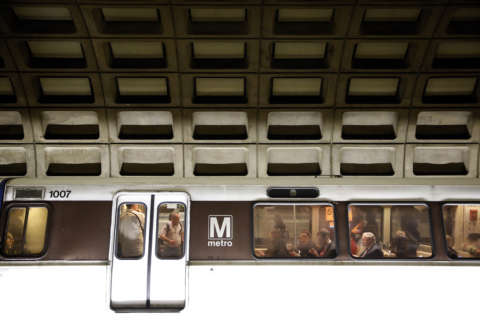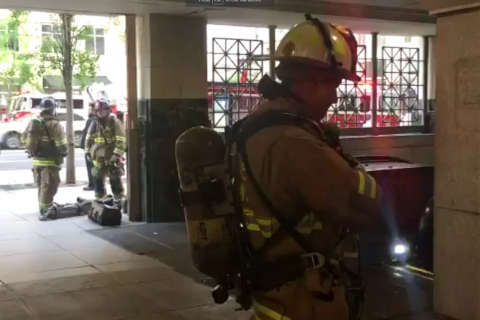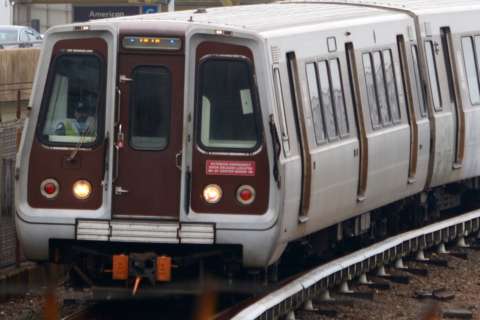WASHINGTON — A warning from federal safety experts that Metro trains are regularly at risk of running over workers prompted Metro Board members to express concern Thursday that the agency’s leaders could be masking the true depth of issues in the rail system.
“What I’m reading between the lines is we’re not getting an accurate portrayal of what’s going on. We’re kind of slipping back into old WMATA where management kind of glosses over problems and doesn’t provide us a clear understanding of what’s going on,” District Department of Transportation Director and Metro Board member Leif Dormsjo said.
“We’ve been through other safety directors and we may have to go through more,” he said at a board Safety Committee meeting.
On Monday, the Federal Transit Administration ordered Metro to address a series of incidents where trains risked running over workers.
Chief Safety Officer Pat Lavin said Thursday that one of the four incidents identified by the FTA was particularly serious. Workers were walking through a location near the Pentagon where trains can cross from one track to the other when a train came speeding through the area.
The workers had to jump out of the way to avoid being struck, Lavin said.
The FTA is requiring Metro to have a plan by Monday to address some of its problems — including ones identified by federal investigators as far back as 2015.
Metro General Manager Paul Wiedefeld said the agency is working on the plans, and will respond to that order on time.
“We are not glossing over anything,” he told Dormsjo.
“We will continue to work on it very hard, and I know that there’s been a tremendous change in the approach that we’ve been taking over what I’ve seen in the past,” Wiedefeld said.
The four incidents cited by the FTA’s letter, like several other Metro issues, boil down to communication failures, Lavin said.
He demonstrated one of the steps Metro is taking to protect workers: a new face-to-face warning to train operators on station platforms.
Here’s the new #wmata flagging procedure pic.twitter.com/7CmfrjszCa
— Max Smith (@amaxsmith) April 27, 2017
Under the new procedure, a worker with a flashing light and a bright orange handheld flag would read a script to each train operator passing through the station warning them that there are workers ahead and describing the workers’ location and the protection procedures in place.
This is in addition to Metro’s tests of technology that would automatically alert train operators and workers when a train approaches.
Federal inspectors have repeatedly told Metro improvements and additional staff are needed in the Rail Operations Control Center. The nerve-center of the system functions like Metro’s version of air traffic control, and Maryland Metro Board member Michael Goldman said he has heard promises of improvements before.
“For three years, I’ve heard about the problem of the controllers, and every CEO and every chief safety officer has told this committee and told this board that they had a plan underway and that new controllers were being hired and that the problem would get resolved soon,” Goldman said.
Controllers can be distracted and overworked, although there have been some recent improvements.
“It seems like there’s something more going on in the ROCC than simply hiring the right people,” Dormsjo said. “We deserve a lot more evidence that there is a systematic and comprehensive reform going on.”
“There should be consequences if management is unable to effectuate these reforms because I think we’re beyond the point of giving you guys additional room,” Dormsjo told Lavin and Wiedefeld.
The general manager said Metro is looking at different financial incentives and training changes that could make working in the control center more attractive, but not everyone makes it through the eight-month training program.
“It’s a long process, and a lot of people don’t get all the way through it, and then we’ve got to start over,” Wiedefeld said.
Members of Metro’s largest union packed into the board meeting to challenge contract talks.







